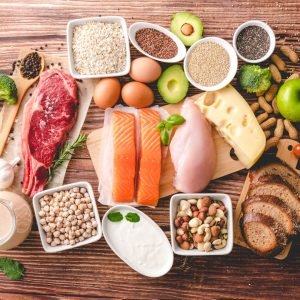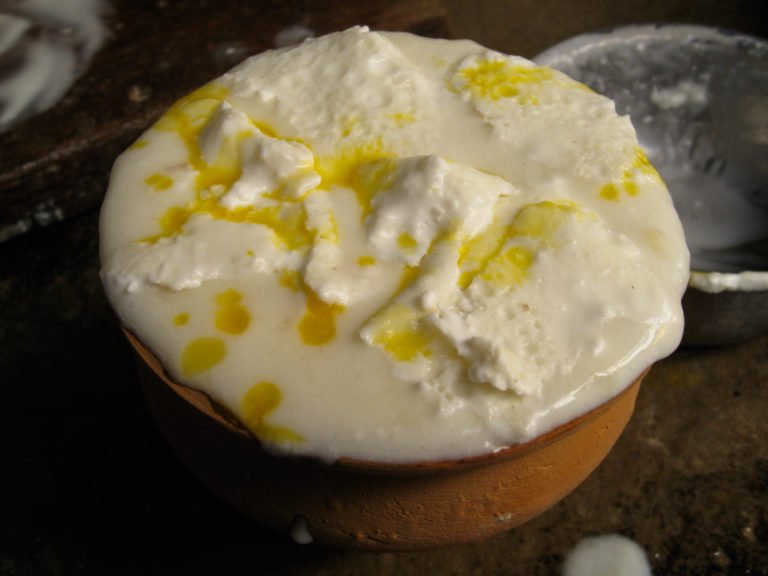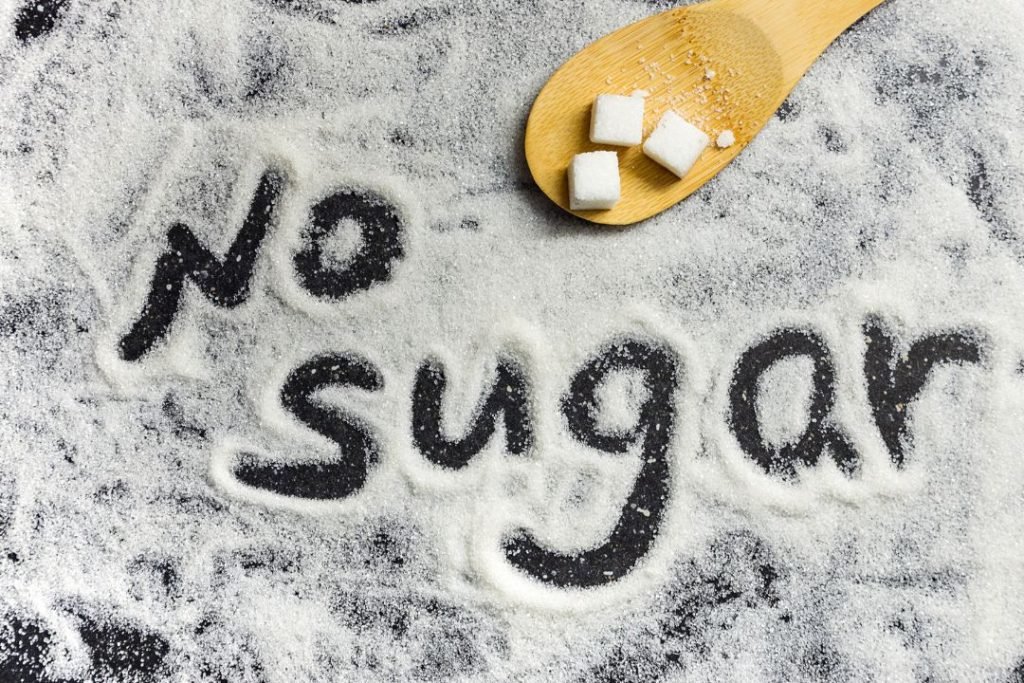
What Your Stool Color & Shape Reveal About Your Gut Health
Your poop is a real-time report card on your gut health—and most people are ignoring it. From color changes to weird shapes to the clues

Home » 5 Ways to Support Your Gut Microbiome Naturally: A Complete Guide to a Healthier, Happier You
We know what you’re thinking—”Gut microbiome? Isn’t that science talk for… something I don’t really care about?” But trust us, once you realize how critical your gut is for digestion, immunity, mood, and even glowing skin, you’ll want to give those little bacteria the VIP treatment they deserve. In fact, your gut bacteria are like the real brains behind the operation that is YOU. So, how do you support these microscopic warriors naturally?
We’ve got you covered. Read on for five natural, sustainable, and effective ways to keep your gut microbiome thriving like a well-watered garden. And don’t worry, we’re keeping it fun and actionable—you’ll be a gut-health guru by the end of this!

Why This Matters
Imagine going to the same restaurant and ordering the exact same meal every day. No spice, no variety, no excitement—just monotony. Your gut bacteria feel the same way when you feed them the same old, same old. Diversity in your diet means diversity in your microbiome. And a diverse gut microbiome is the cornerstone of good health. Think of it like this: the more species of bacteria you have, the better equipped your gut is to handle whatever life throws at it—whether that’s a stressful day at work or the occasional pizza binge (we’ve all been there).
The Science-y Bit (We’ll Keep it Light)
The gut is home to trillions of microorganisms that work together like a massive team. These bacteria break down food, absorb nutrients, and play a huge role in your immune system. Eating a variety of foods, especially plant-based ones, increases the number of species in your gut. This, in turn, strengthens your gut lining, improves digestion, and reduces inflammation.
How to Add More Variety (Without Losing Your Mind)
You don’t need to become a gourmet chef to diversify your diet. Here are some simple, actionable ways to shake things up:
Experiment with different veggies.
Start by adding one new vegetable to your grocery cart each week. Whether it’s bright-red bell peppers, sweet purple carrots, or funky-looking sunchokes, the more color and variety, the better. Your gut will thank you.
Mix up your grains.
Instead of sticking to white rice or plain pasta, switch it up with quinoa, farro, or barley. These whole grains are packed with fiber, which helps your gut bacteria thrive.
Snack smart.
Nuts, seeds, and legumes are easy to snack on and can really mix up your gut-friendly options. Almonds one day, sunflower seeds the next, and maybe some hummus on carrot sticks tomorrow? Your gut bacteria will love the rotation.
Season with herbs and spices.
Add turmeric, ginger, garlic, and other flavorful herbs and spices to your dishes. Not only do these taste amazing, but many also have prebiotic properties that feed your gut bacteria (more on prebiotics later).
The Fun Side of Diversity
One thing to remember: eating a diverse range of foods doesn’t mean you need to get fancy. You don’t have to know how to pronounce “quinoa” to enjoy it (it’s “keen-wah” by the way). Instead, think of it as an opportunity to get creative in the kitchen or at least on your plate. Try out foods from different cultures, and test recipes you’ve never attempted before. And here’s a pro tip: mixing up your grocery routine can actually make meal planning less boring! Your gut isn’t the only one that benefits—you get to enjoy a flavorful, ever-changing menu too.
Challenge: For the next week, try adding three new fruits or vegetables to your diet. Not only will your gut microbiome diversity get a boost, but you might just discover a new favorite snack!

Why This Matters
Ever heard the saying “Good things come in small, stinky packages”? Well, they weren’t talking about socks. Fermented foods may smell funky, but they’re a goldmine for your gut microbiome. They’re packed with probiotics, which are the “good” bacteria your gut needs to function like a well-oiled machine.
The Science-y Bit (Not Too Funky)
Fermentation is a process where natural bacteria break down sugars and starches in food, transforming them into something tastier and healthier. During fermentation, these foods become loaded with beneficial bacteria that, once ingested, take up residence in your gut and bolster your microbiome. These probiotic-rich foods improve digestion, reduce bloating, and even enhance immune function.
How to Get Your Fermentation Fix
Fermented foods might sound fancy or intimidating, but they’re actually super easy to find and even easier to incorporate into your meals. Some of our favorite fermented foods include:
Yogurt:
This classic breakfast staple is loaded with probiotics—especially if you go for varieties that say “live and active cultures” on the label. Not a fan of dairy? No problem! There are plenty of plant-based yogurts (made from coconut, almond, or soy milk) that pack the same probiotic punch.
Kefir:
Think of kefir as yogurt’s tangy, drinkable cousin. It’s a fermented milk drink loaded with probiotics and can be easily added to smoothies or sipped on its own.
Sauerkraut:
Love it or hate it, sauerkraut (fermented cabbage) is a powerhouse for your gut. It’s full of fiber and probiotics, and it’s an awesome topping for salads, sandwiches, or even scrambled eggs.
Kimchi:
If you like things spicy, kimchi (fermented Korean cabbage) is your new best friend. It’s packed with probiotics, vitamins, and antioxidants. Add a little kimchi to your rice bowls or stir-fries for a flavor and gut-health boost.
Kombucha:
Kombucha is a fermented tea that’s not only fizzy and delicious but also rich in gut-friendly bacteria. It comes in a ton of flavors, making it a great alternative to soda or sugary drinks.
How to Make Fermented Foods a Habit
You don’t have to overhaul your diet to include fermented foods. Start small:
Pro Tip: Want to be adventurous? Try fermenting your own foods at home! Homemade sauerkraut, pickles, or even kombucha are easier to make than you think. Plus, it’s a fun project that will have your gut thanking you every time you take a bite (or sip).
Why This Matters
Probiotics (the bacteria themselves) get all the fame, but prebiotics are the real MVPs of the gut health game. They’re like fertilizer for your gut bacteria, feeding the good guys so they can grow and thrive. Without prebiotics, your gut bacteria are essentially left hungry and unable to do their jobs efficiently.
The Science-y Bit (Gut Nerd Alert!)
Prebiotics are types of fiber that the human body can’t digest. But guess what? Your gut bacteria love them. These fibers pass through the digestive system and become food for the beneficial bacteria in your gut. By feeding these bacteria, prebiotics help them multiply, strengthening your microbiome and boosting digestion.
Prebiotic-Rich Foods You Need in Your Life
You probably already eat prebiotics without even realizing it! Some common and delicious sources include:
Garlic:
This fragrant favorite is not only great for your pasta sauce but also fantastic for your gut. Raw garlic is especially potent, but even cooked garlic can provide a prebiotic boost.
Onions:
Like garlic, onions are prebiotic powerhouses that can be easily added to nearly any dish. They also contain antioxidants, making them a double whammy of gut and overall health benefits.
Bananas:
Besides being a convenient on-the-go snack, bananas (especially when they’re a bit green) are rich in prebiotics. Slice one up and throw it on your morning oatmeal, or blend it into your smoothie for a gut-friendly kick.
Asparagus:
This veggie is loaded with fiber and prebiotics, making it the perfect side dish for gut health. Try roasting it with a little olive oil and garlic for a delicious and gut-nourishing combo.
Oats:
A fiber-rich breakfast favorite, oats are an excellent source of prebiotics. Make overnight oats, oatmeal, or toss them into a smoothie for a gut-friendly meal.
How to Sneak in More Prebiotics (Without Overhauling Your Diet)
Incorporating prebiotics doesn’t have to be a hassle. Here are a few quick ways to get more prebiotics into your meals:
Prebiotics are the unsung heroes of gut health, so don’t forget to give your gut bacteria what they need to thrive!

Why This Matters
Sugar might taste sweet, but it’s public enemy number one when it comes to your gut microbiome. Processed foods and refined sugars feed the “bad” bacteria in your gut, allowing them to grow and overrun the good guys. This throws off the balance of your microbiome and can lead to digestive issues, inflammation, and even more serious health problems down the line.
The Science-y Bit (Time to Get Real)
When you consume a lot of sugar and processed foods, it creates the perfect environment for harmful bacteria and yeast to thrive. This imbalance in your gut, known as dysbiosis, can lead to everything from bloating and gas to more severe conditions like leaky gut syndrome. And here’s the kicker: sugar doesn’t just affect your gut—it impacts your energy, mood, and even your mental clarity. It’s the ultimate frenemy.
How to Cut Back on Sugar and Processed Foods (Without Feeling Deprived)
We’re not saying you have to give up your favorite treats forever, but moderation is key. Here are some ways to reduce your sugar intake and processed food consumption without feeling like you’re missing out:
Opt for whole foods.
The more whole, unprocessed foods you eat, the better. Focus on fruits, vegetables, lean proteins, and whole grains to keep your gut bacteria happy.
Read labels.
Sugar sneaks into a lot of unexpected places, like salad dressings, sauces, and even bread. Get into the habit of reading labels and choosing products with little to no added sugars.
Find healthy swaps.
Craving something sweet? Try fresh fruit, dates, or a square of dark chocolate (70% cocoa or higher). Want something crunchy? Swap out chips for air-popped popcorn or nuts.
DIY your favorite snacks.
Instead of reaching for processed snack foods, try making your own. Homemade granola bars, smoothies, and even baked goods can be made with natural sweeteners like honey or maple syrup, so you control the amount of sugar going in.
The Long-Term Benefits
When you minimize sugar and processed foods, your gut microbiome becomes more balanced, which can lead to:
Plus, cutting back on sugar doesn’t have to mean depriving yourself of your favorite flavors. The more you experiment with whole, natural ingredients, the more you’ll realize just how delicious gut-friendly food can be.

Why This Matters
Water might not seem like the most exciting gut health tip, but staying hydrated is one of the simplest and most effective ways to support your gut microbiome. Water helps break down food so your body can absorb nutrients more efficiently, and it also helps keep things moving smoothly through your digestive tract. Think of it like the oil that keeps the engine of your digestive system running.
The Science-y Bit (Don’t Worry, We’ll Keep it Brief)
Hydration is key for the mucosal lining of the intestines, which houses a lot of your gut bacteria. If you’re dehydrated, your digestive system can slow down, leading to constipation and other issues. Proper hydration also helps balance the good bacteria in your gut, keeping your microbiome happy and healthy.
How to Stay Hydrated (Even if You Forget to Drink Water)
If you’re the type of person who forgets to drink water until you’re parched, don’t worry. Staying hydrated doesn’t have to be a chore. Here are some tips to make it easier:
Carry a water bottle.
It sounds simple, but keeping a reusable water bottle with you throughout the day is one of the best ways to ensure you’re drinking enough water.
Infuse your water.
If plain water isn’t doing it for you, try adding a slice of lemon, cucumber, or a few mint leaves to infuse some flavor. It makes drinking water feel like a treat.
Eat hydrating foods.
You can boost your hydration through food as well! Foods like cucumbers, watermelon, oranges, and strawberries are high in water content and can help keep you hydrated.
Set reminders.
If you’re someone who gets caught up in work or forgets to drink water, try setting a reminder on your phone to take a sip every hour.
Challenge: For one week, track your water intake. Aim for at least 8 glasses a day (or more if you’re active). Notice how your digestion and energy levels improve!
So, there you have it—five powerful ways to support your gut microbiome naturally. By adding more variety to your diet, incorporating fermented foods, feeding your gut with prebiotics, cutting back on sugar and processed foods, and staying hydrated, you’ll be well on your way to a healthier, happier gut.
Remember, gut health is a journey, not a destination. Small, consistent changes over time will lead to long-term benefits for your digestion, immunity, and overall well-being. Your gut microbiome will thank you every step of the way.

Your poop is a real-time report card on your gut health—and most people are ignoring it. From color changes to weird shapes to the clues

Wheat isn’t the villain—it’s the kind of wheat that’s wrecking your gut. From ancient grains to modern hybrids, discover how today’s wheat triggers inflammation, worsens

Your gut isn’t just digesting food—it’s controlling your hunger, energy, and even how fast you burn fat. Inside you is a powerful hormone called GLP-1,

Still straining on the toilet? Your posture—not your diet—might be the real problem. Discover how fixing the way you sit can transform your poop from

Happy Poops.
What about your friends?